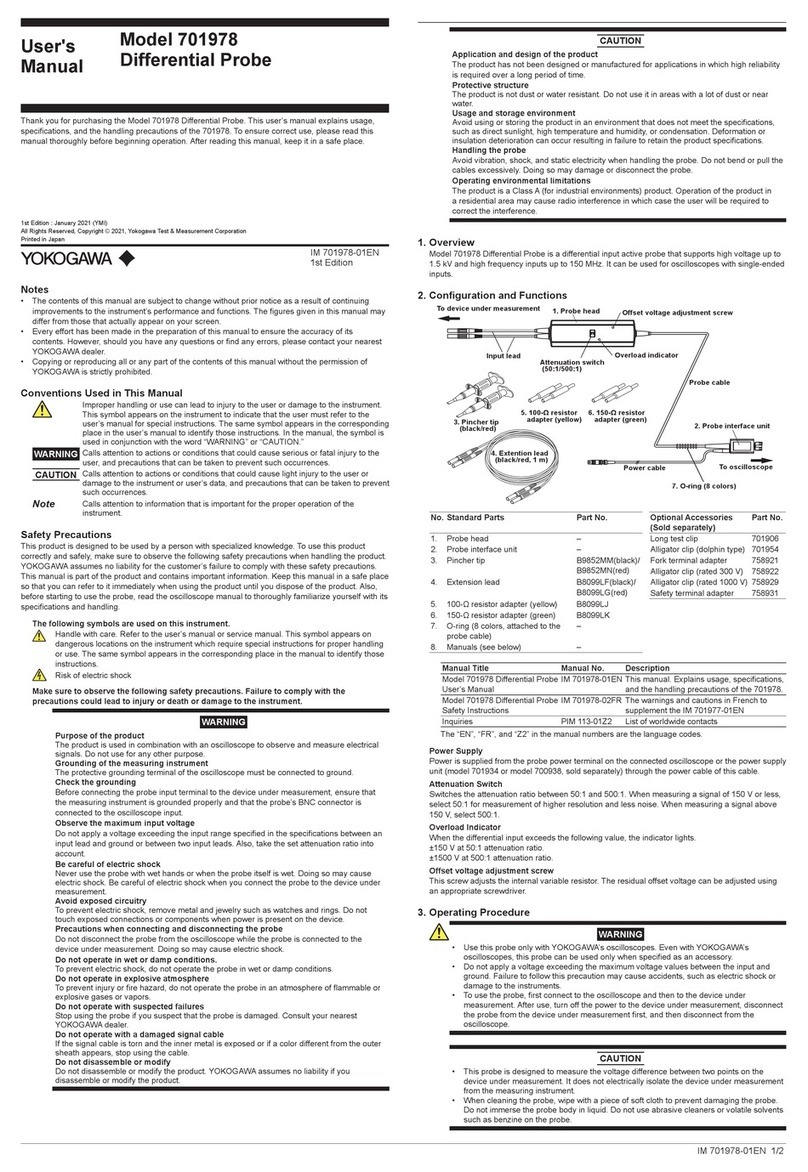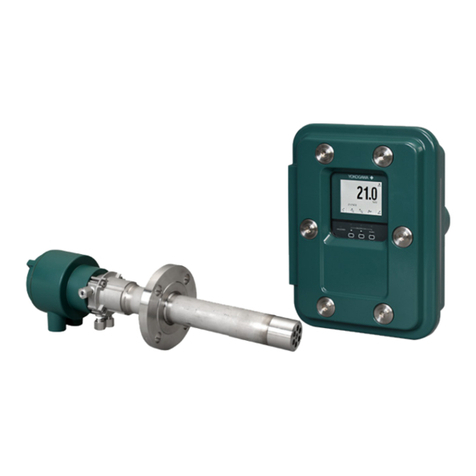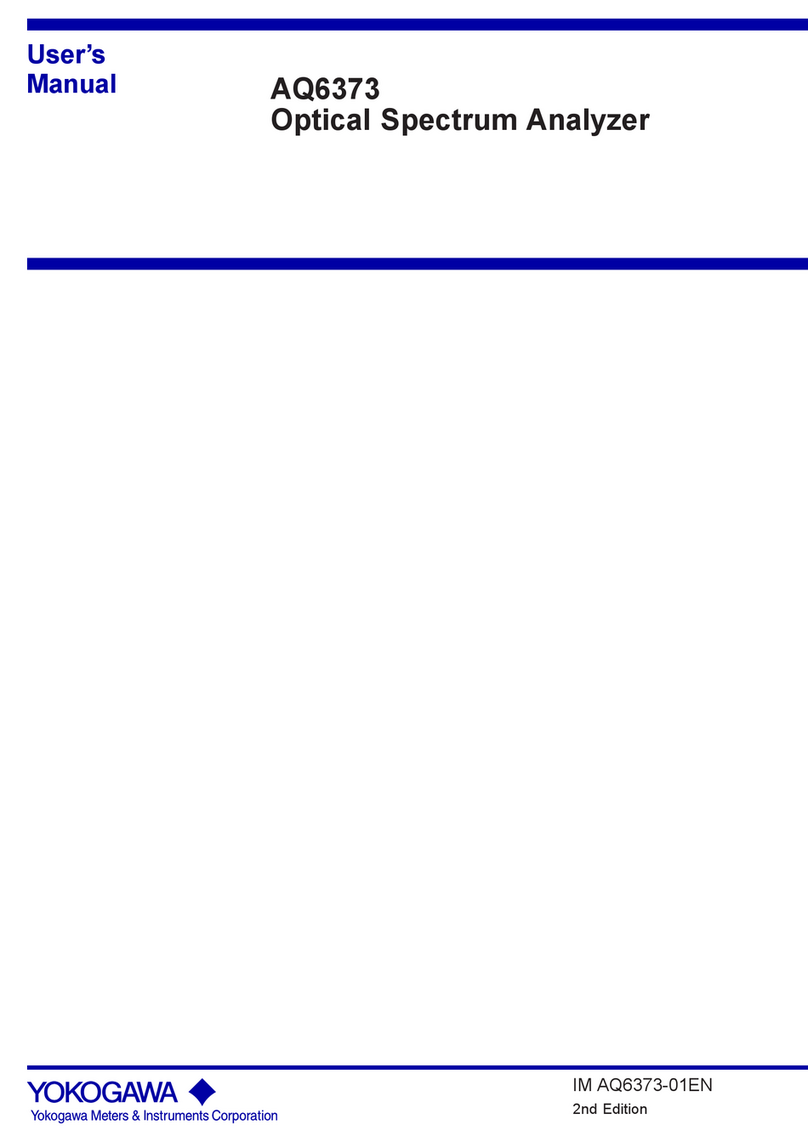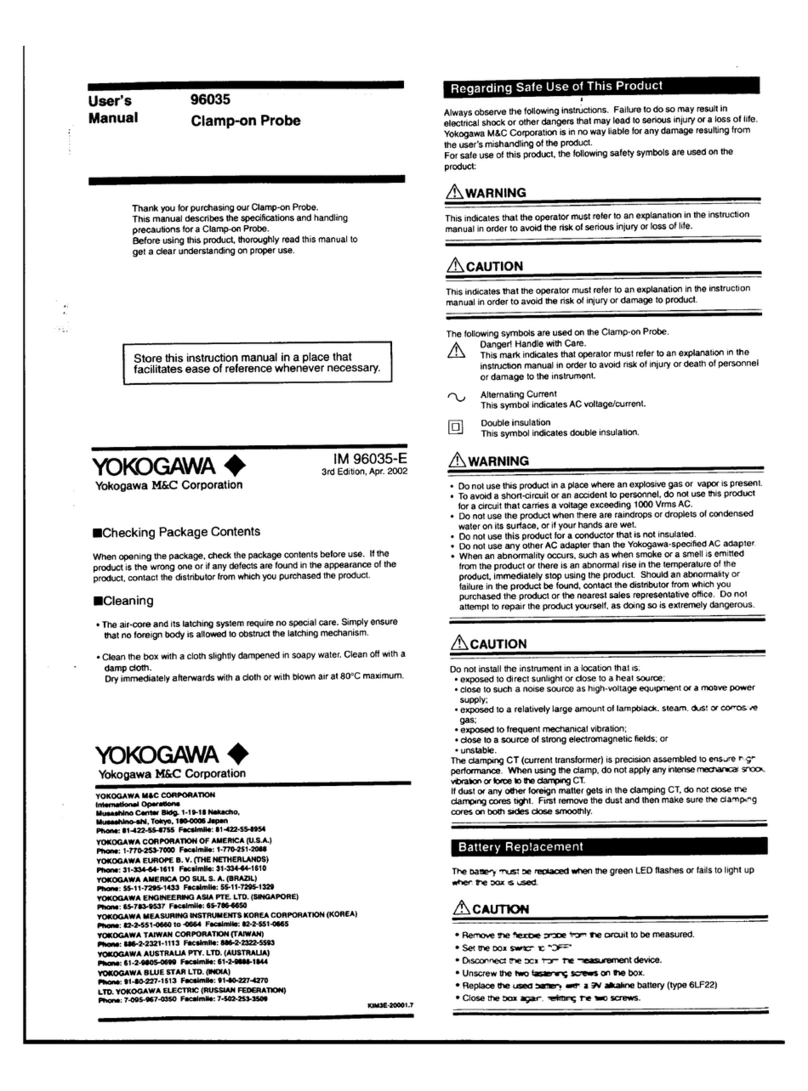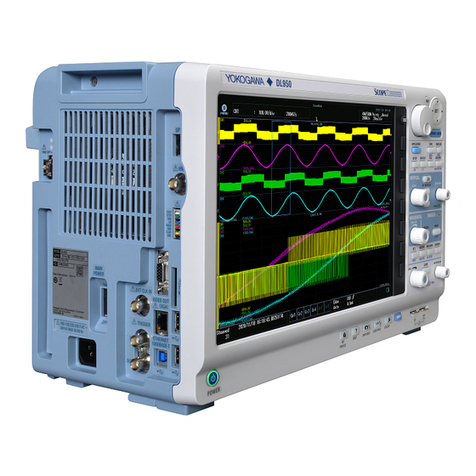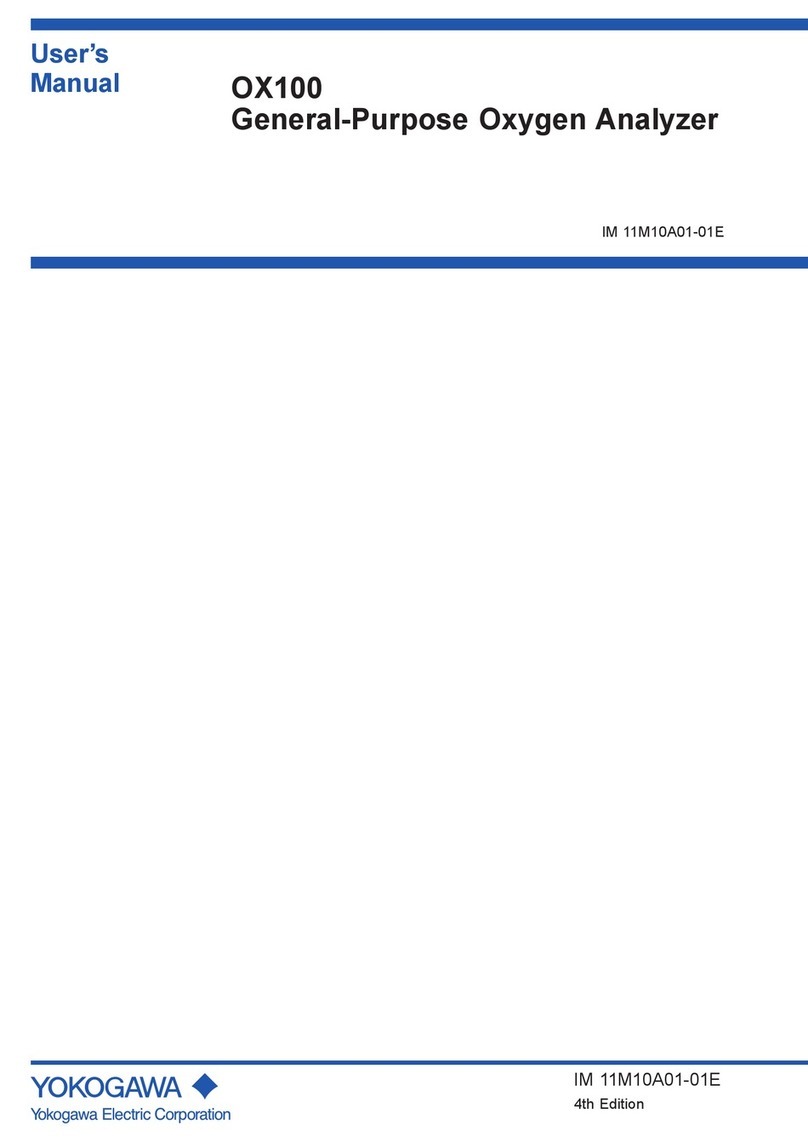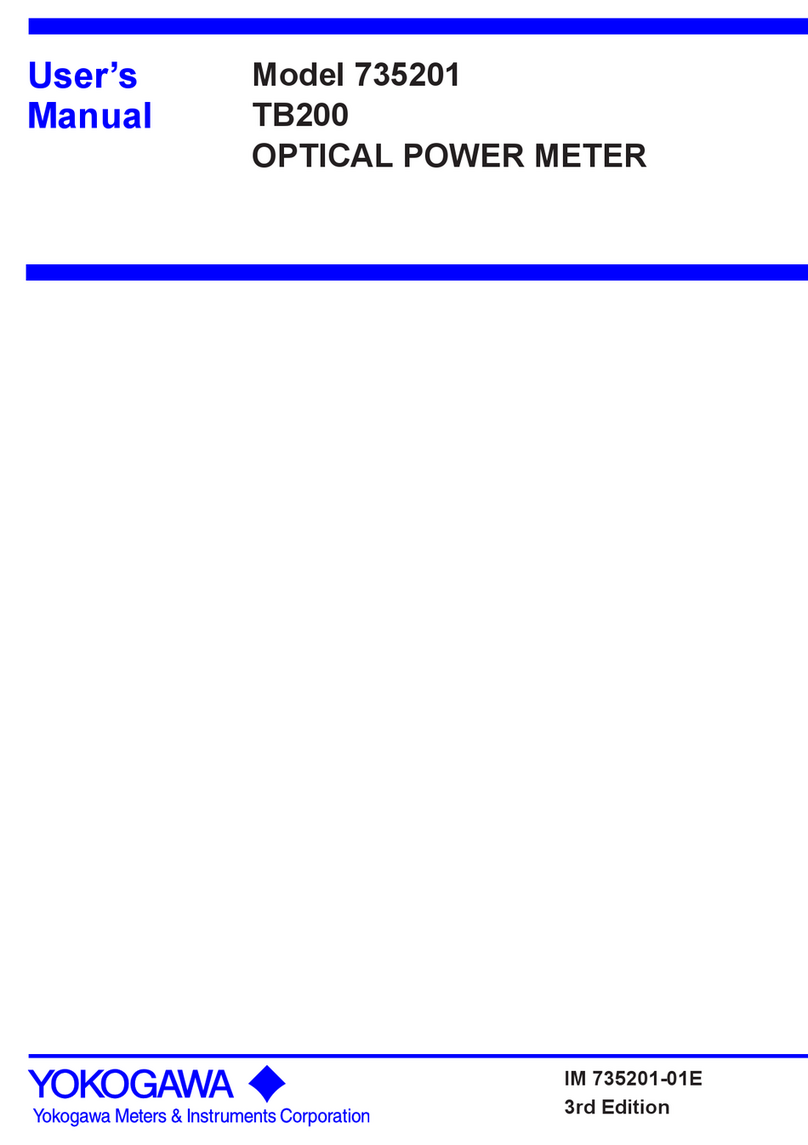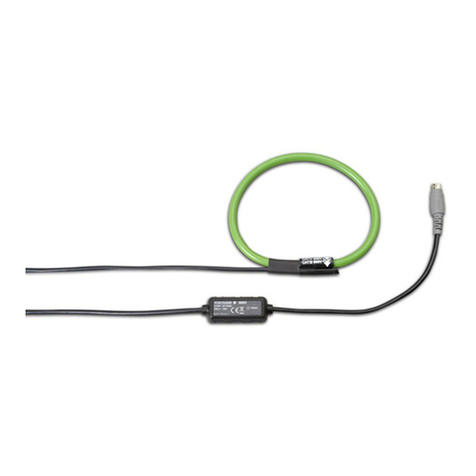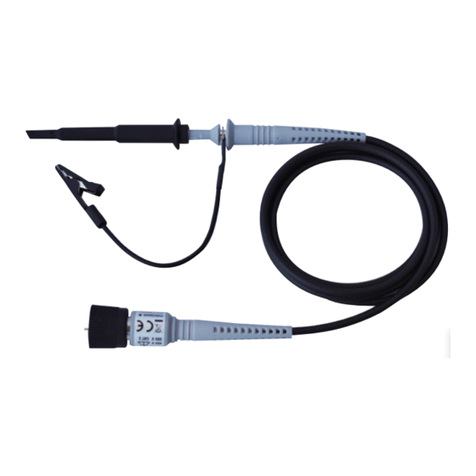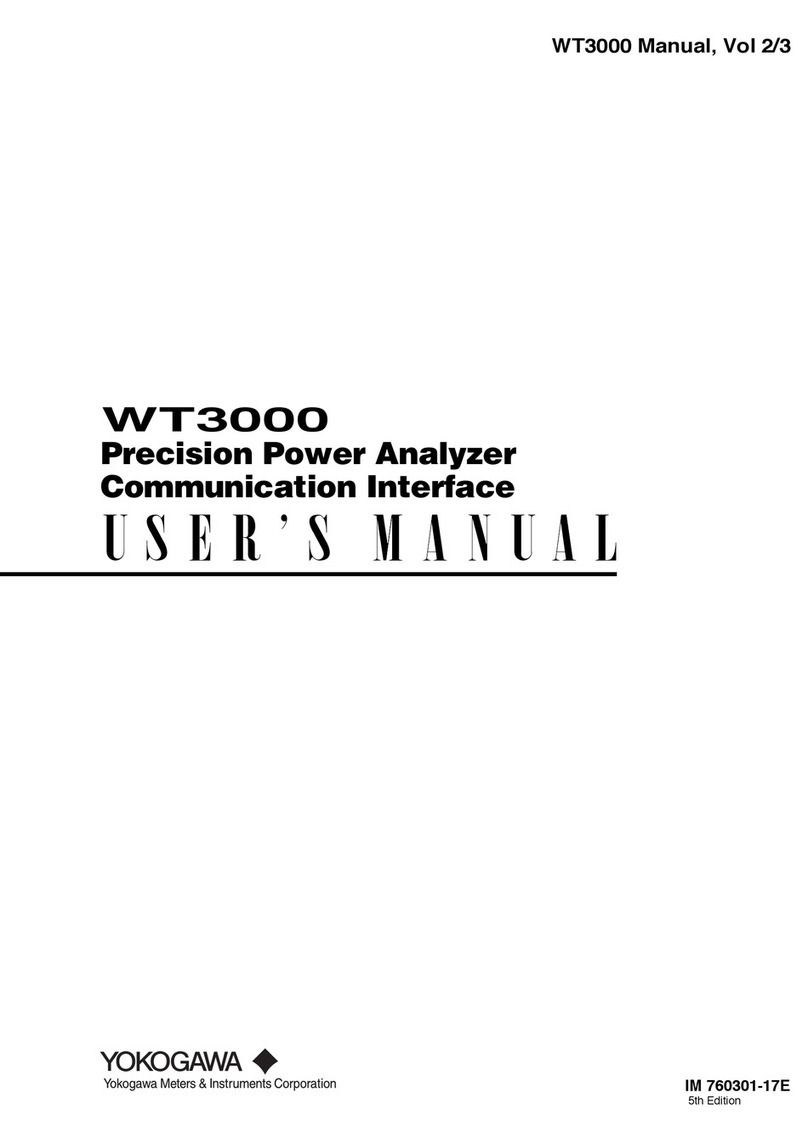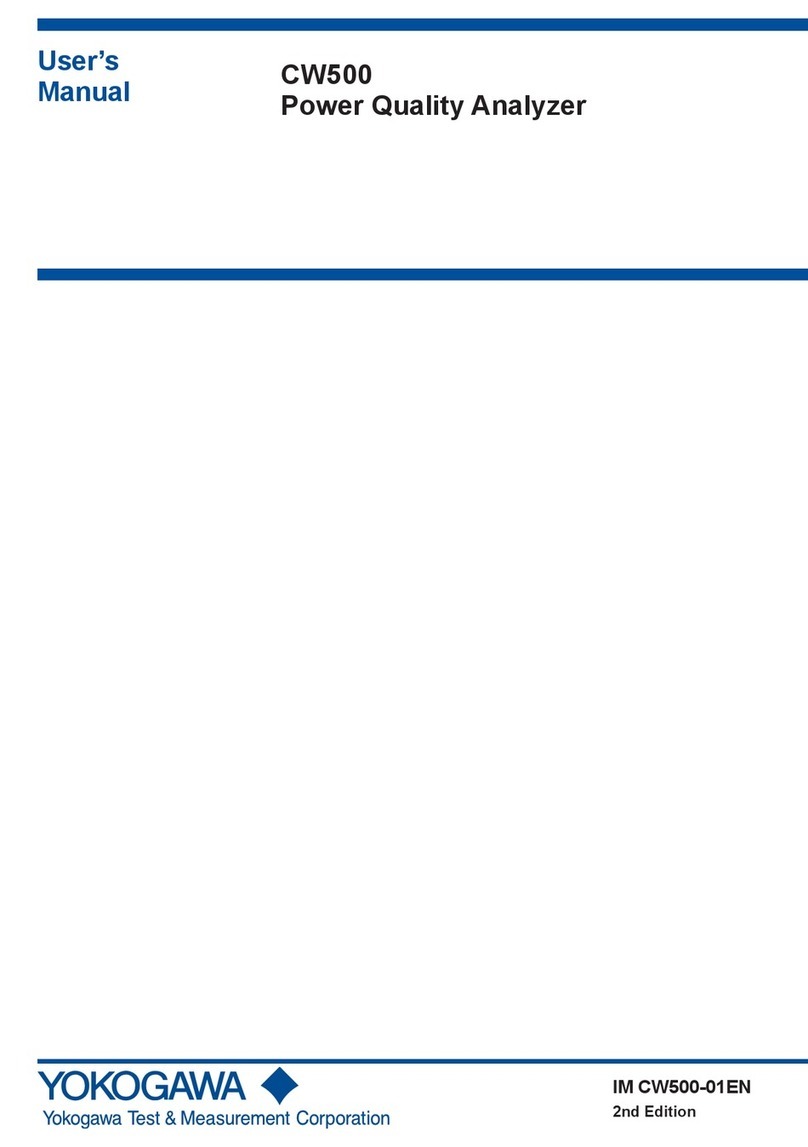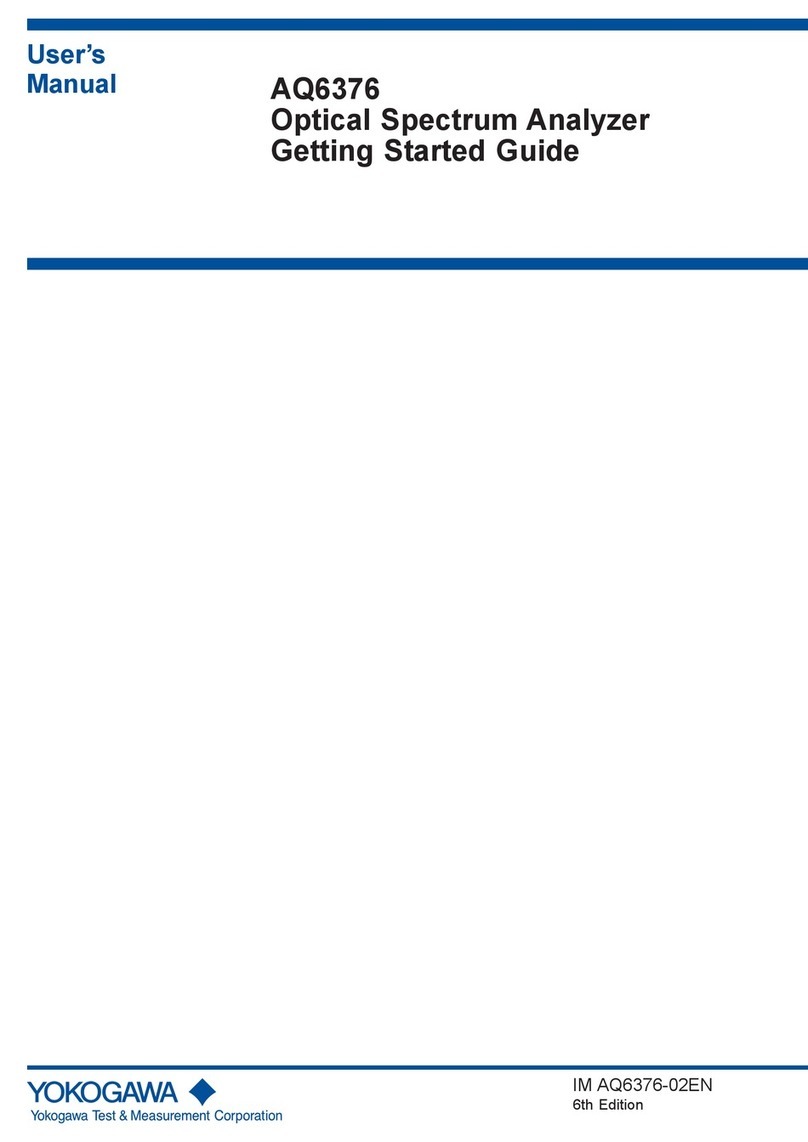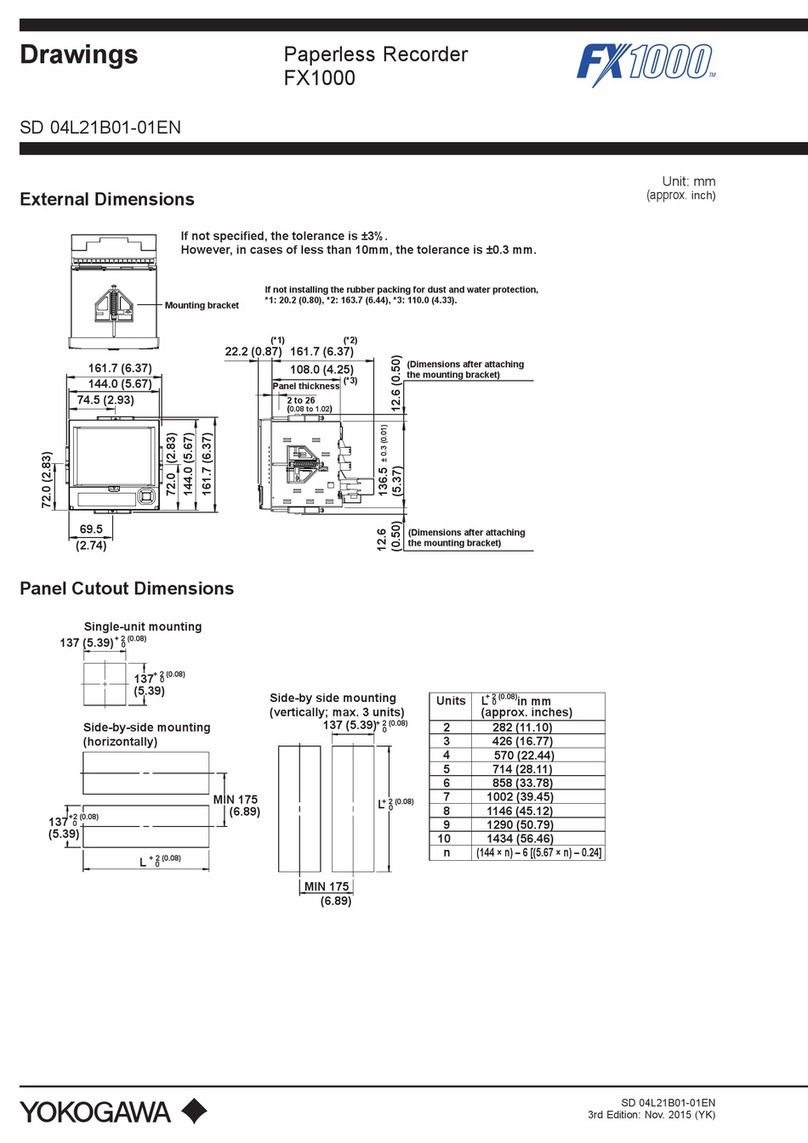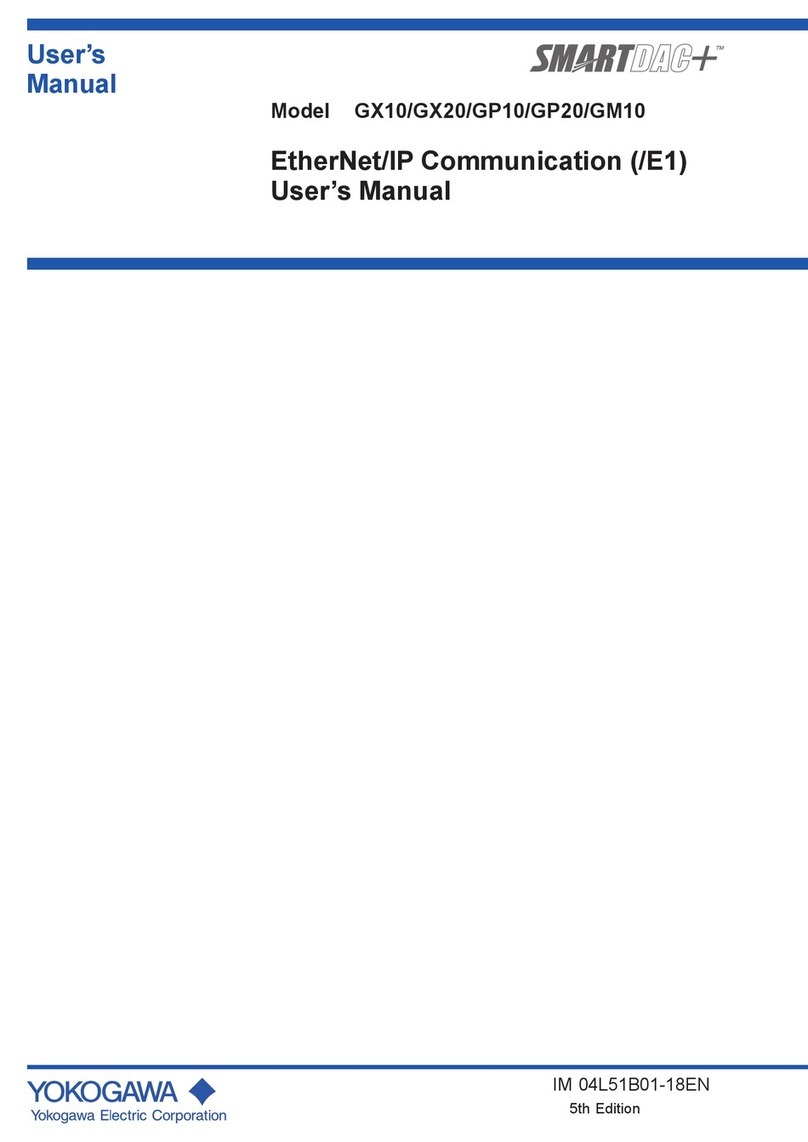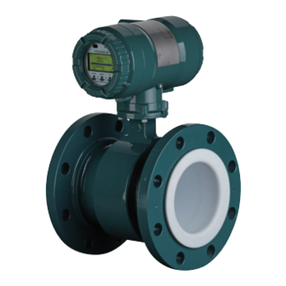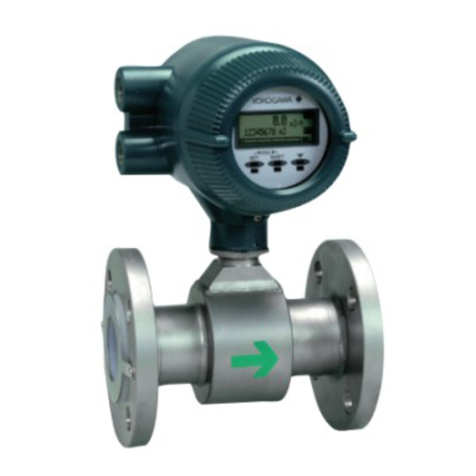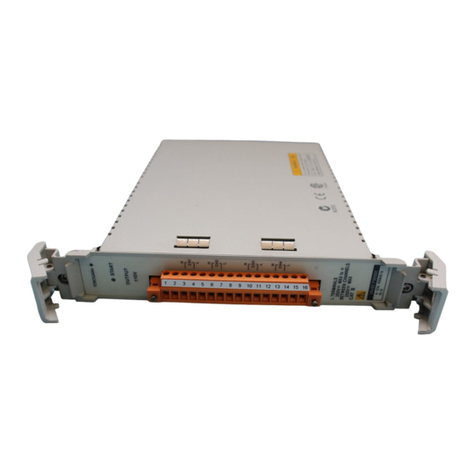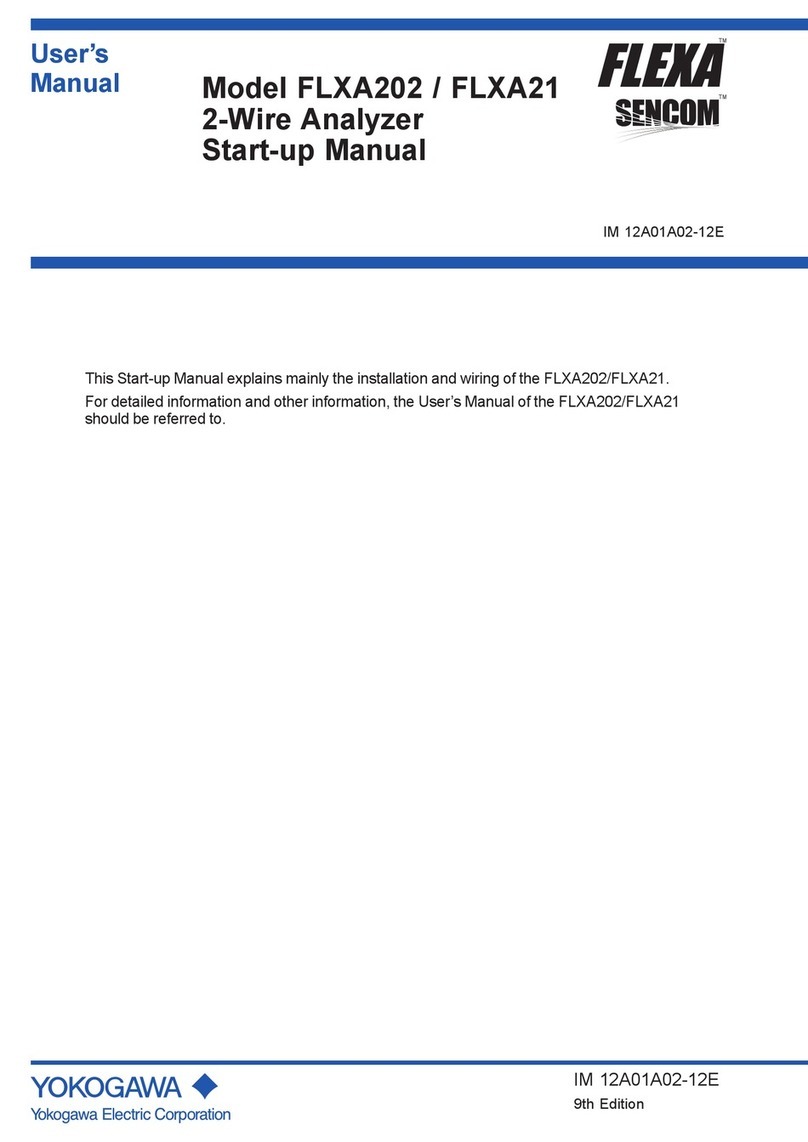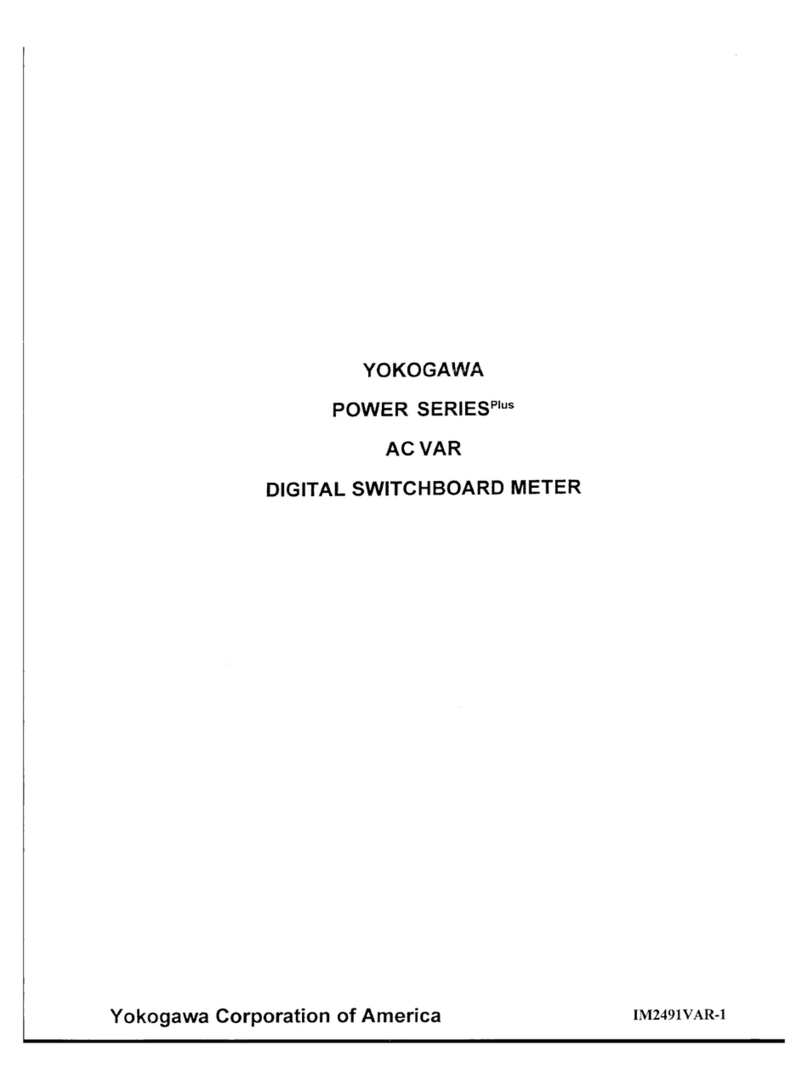
iii
IM 704510-17E
1
2
3
4
5
6
App
Index
Contents
Foreword ......................................................................................................................................... i
How to Use This Manual .................................................................................................................ii
Chapter 1 GP-IB Communication Interface
1.1 Names and Functions of the Parts Related to GP-IB Communications ........................ 1-1
1.2 Connecting the GP-IB Cable ......................................................................................... 1-2
1.3 GP-IB Communication Capabilities and Specifications ................................................. 1-3
1.4 Settings on the TA720 ................................................................................................... 1-5
1.5 Responses to Interface Messages ................................................................................ 1-6
Chapter 2 Ethernet Communication Interface (Option)
2.1 Names and Functions of the Parts Related to Ethernet Communications..................... 2-1
2.2 Ethernet Communications Functions and Specifications............................................... 2-2
2.3 Connection Using the Ethernet Communication Interface ............................................. 2-3
2.4 Setting the TA720 .......................................................................................................... 2-4
Chapter 3 Program Syntax and Programming
3.1 Messages ...................................................................................................................... 3-1
3.2 Commands .................................................................................................................... 3-3
3.3 Responses ..................................................................................................................... 3-4
3.4 Data ............................................................................................................................... 3-5
3.5 Synchronization with the Controller ............................................................................... 3-7
Chapter 4 Commands
4.1 List of Commands .......................................................................................................... 4-1
4.2 ASCale Group................................................................................................................ 4-8
4.3 CALCulation Group........................................................................................................ 4-9
4.4 COMMunicate Group ................................................................................................... 4-25
4.5 DISPlay Group ............................................................................................................. 4-27
4.6 FILE Group .................................................................................................................. 4-31
4.7 HCOPy Group.............................................................................................................. 4-34
4.8 HHIStogram<x> and THIStogram<x> Group............................................................... 4-36
4.9 IHIStogram Group........................................................................................................ 4-45
4.10 INPut Group .................................................................................................................4-52
4.11 MEASure Group .......................................................................................................... 4-55
4.12 MEMory Group ............................................................................................................ 4-57
4.13 RECall Group ............................................................................................................... 4-59
4.14 SAMPle Group ............................................................................................................. 4-60
4.15 SSTart Group ............................................................................................................... 4-64
4.16 STARt Group ............................................................................................................... 4-64
4.17 STATus Group ............................................................................................................. 4-65
4.18 STOP Group ................................................................................................................ 4-66
4.19 STORe Group .............................................................................................................. 4-66
4.20 SYSTem Group ............................................................................................................ 4-67
4.21 TVARiation<x> Group .................................................................................................. 4-69
4.22 UNIT Group ................................................................................................................. 4-71
4.23 Common Command Group .......................................................................................... 4-72
